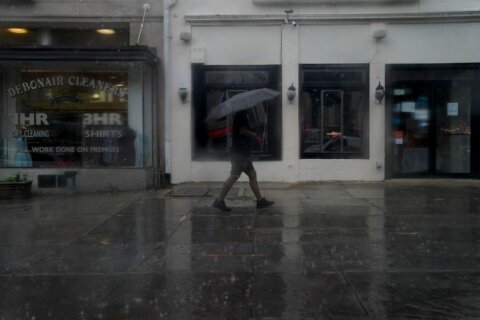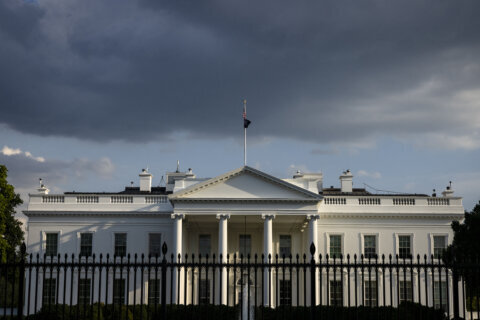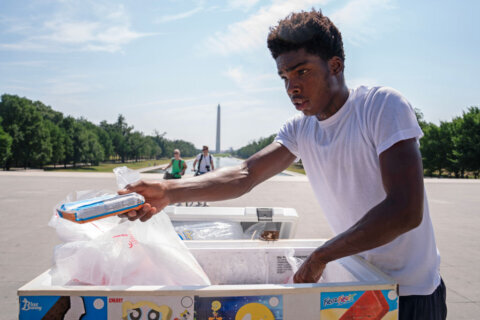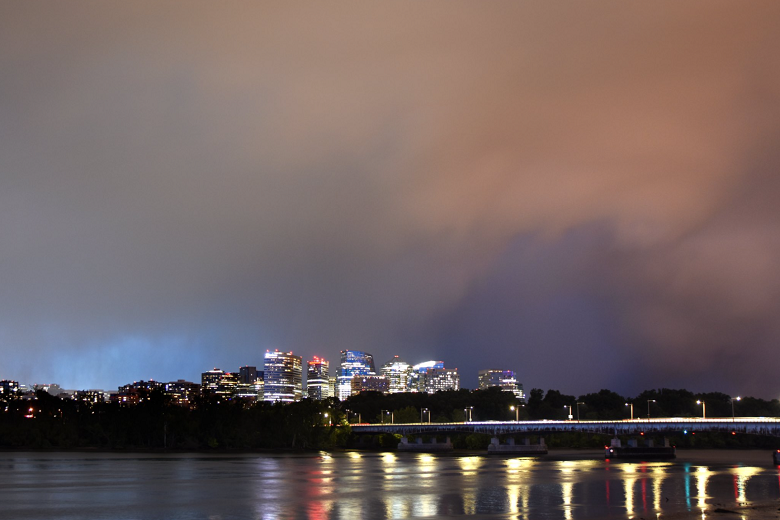
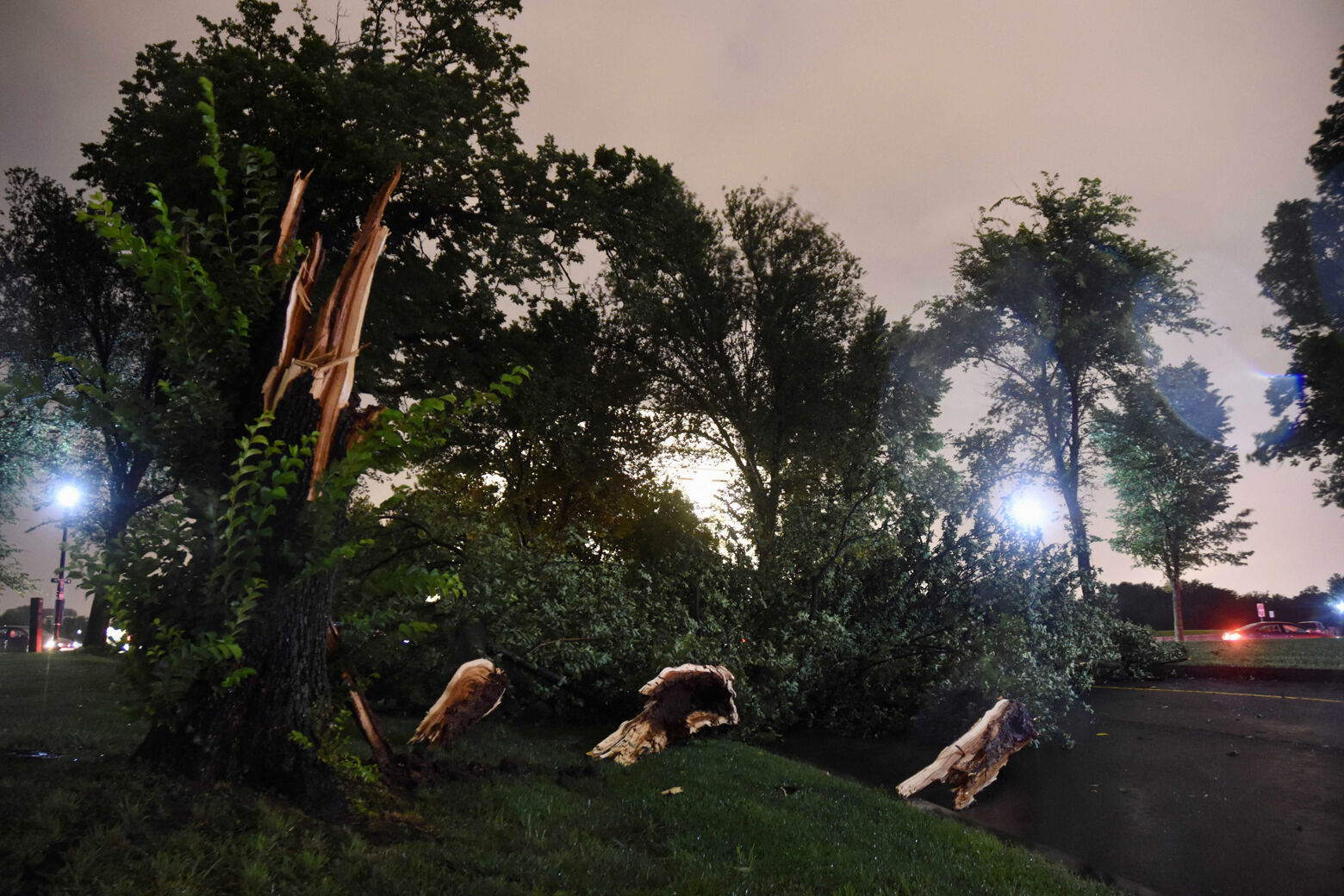
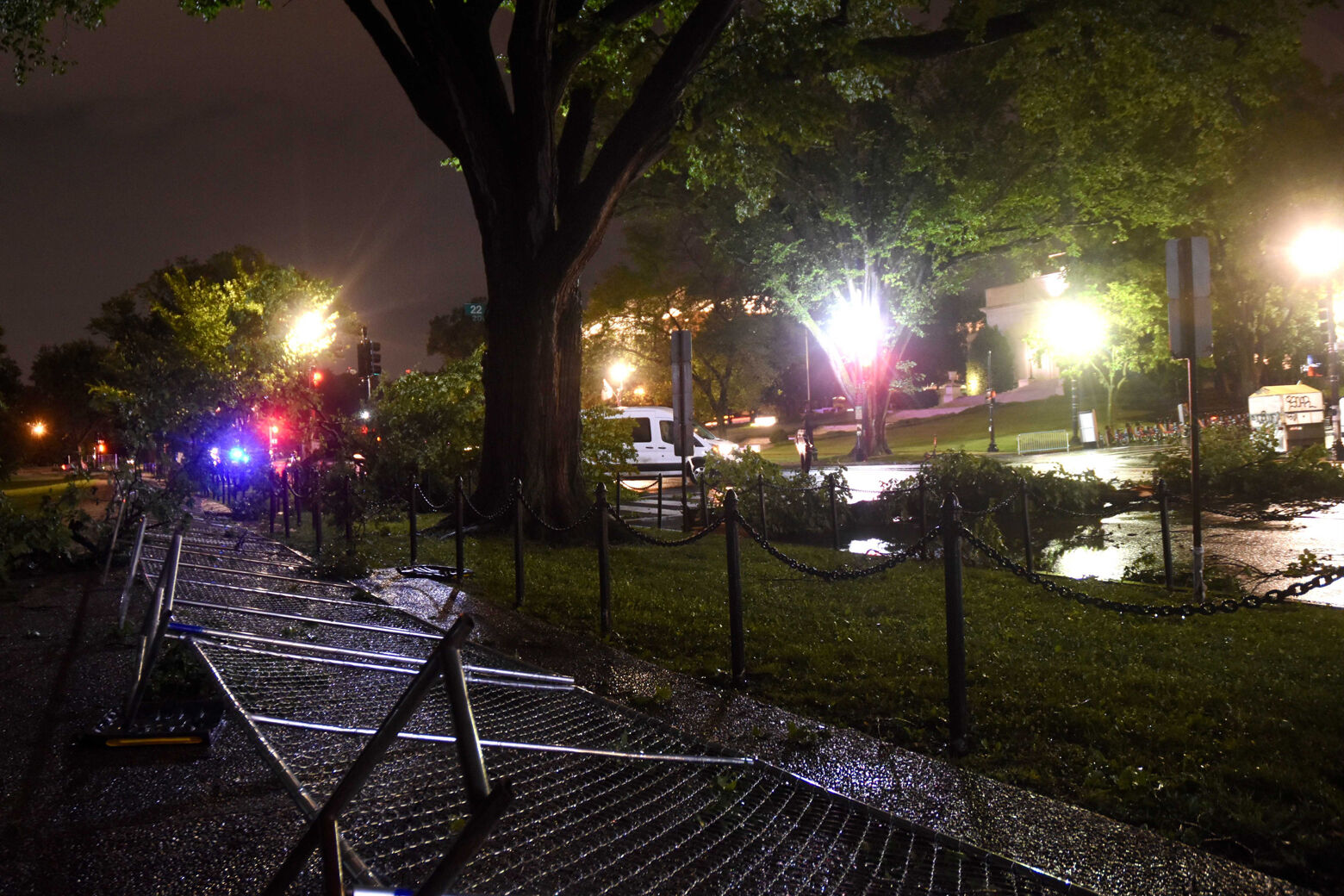
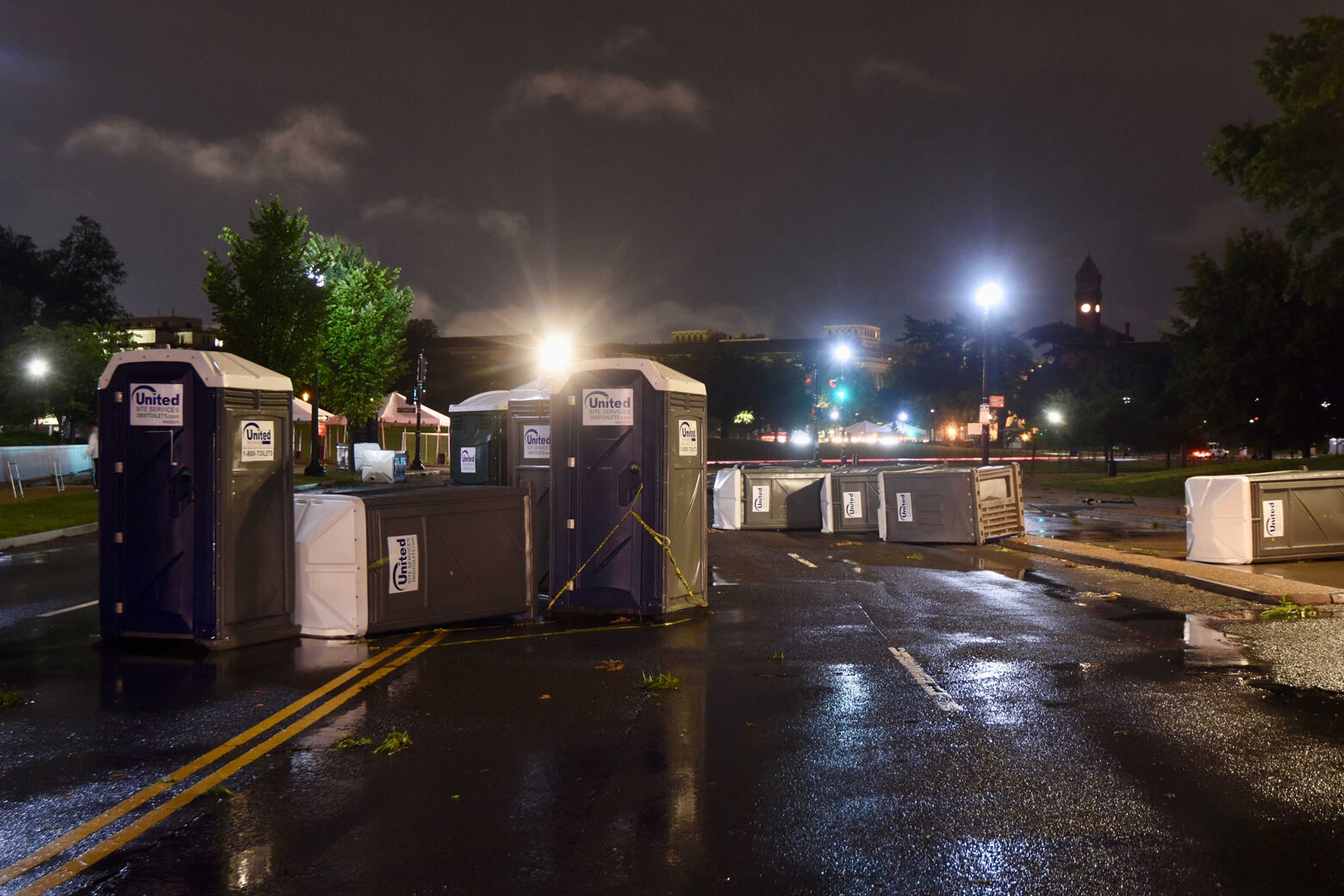
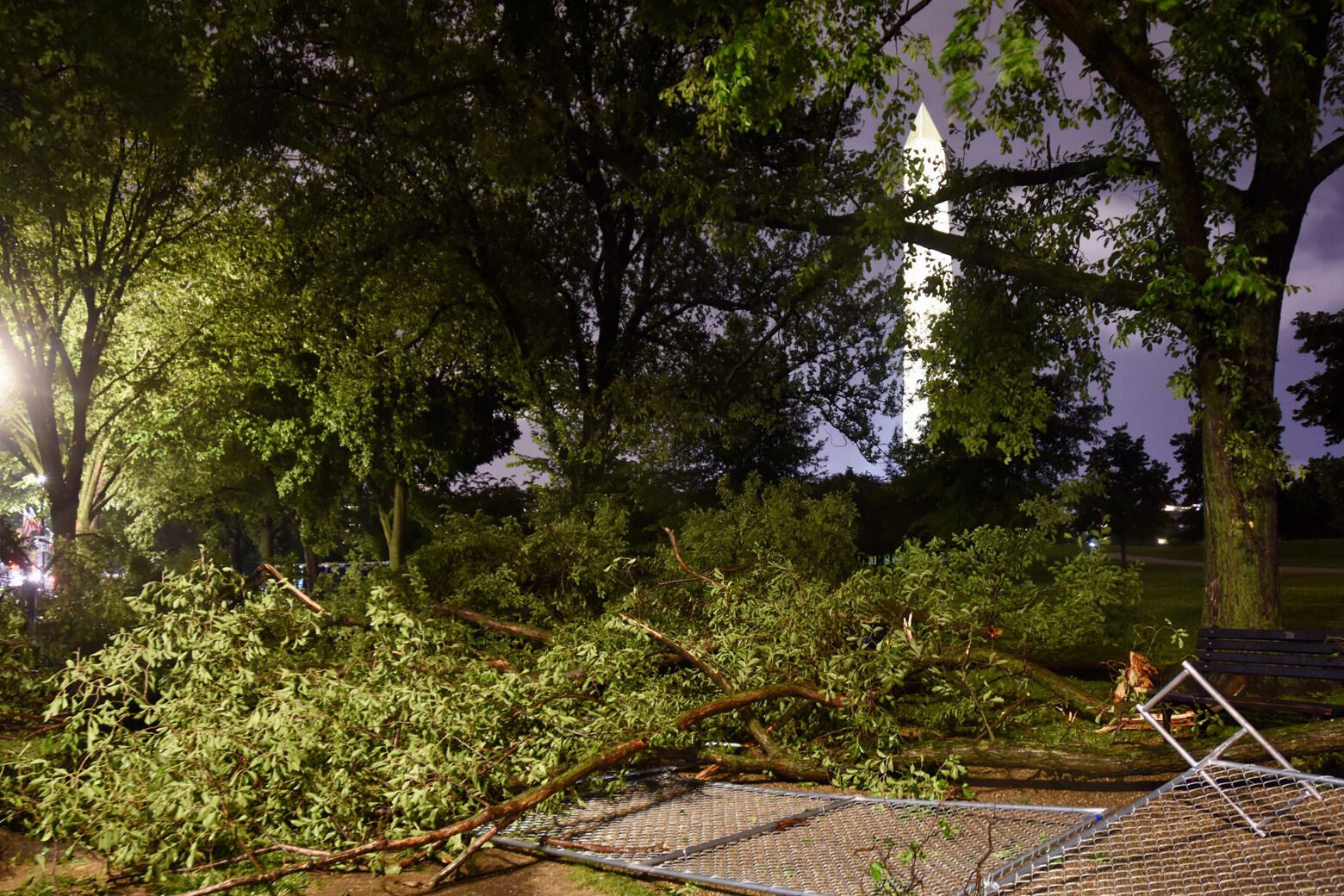
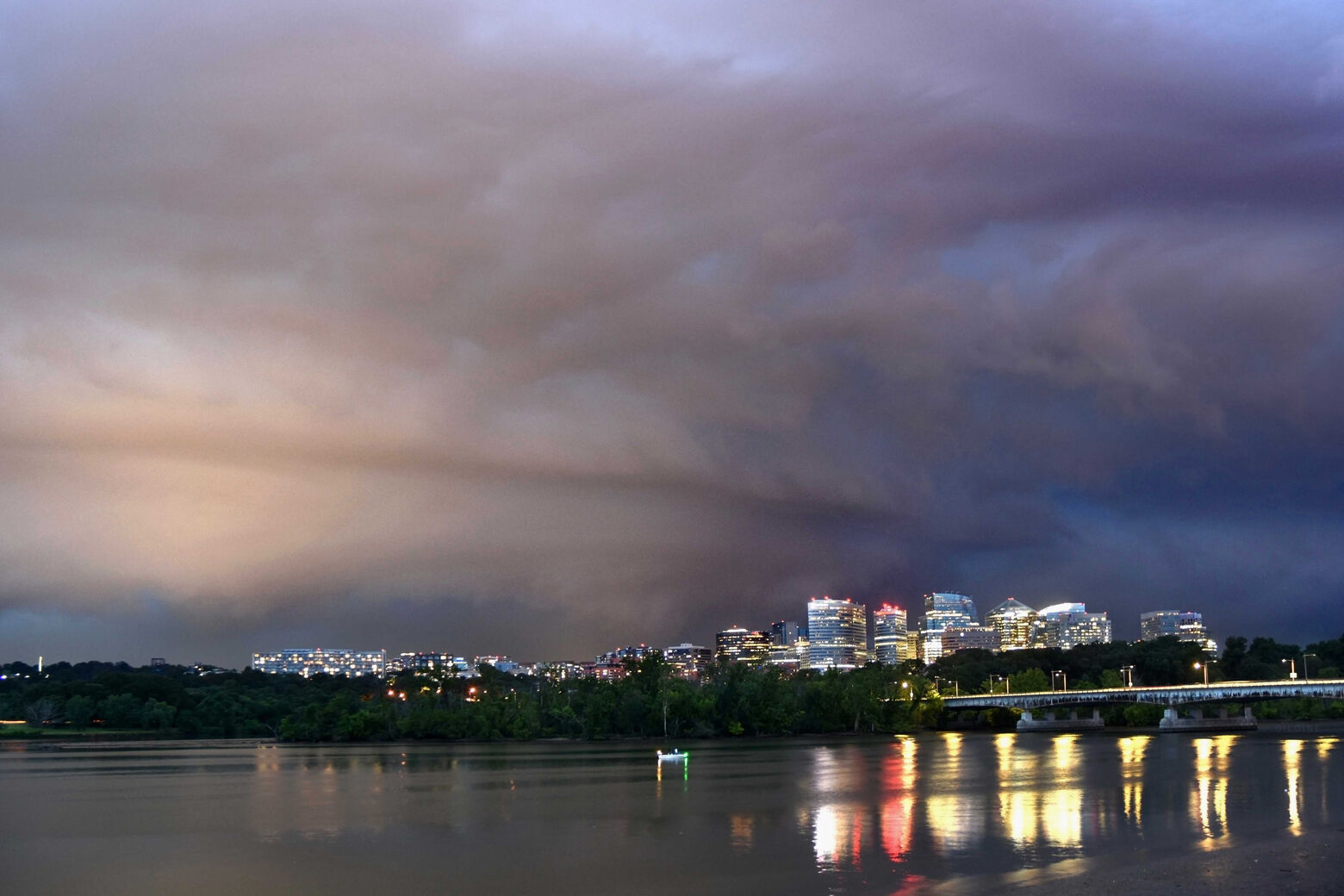
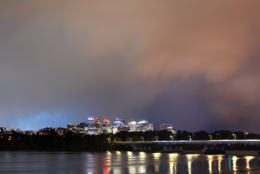
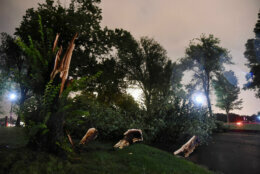
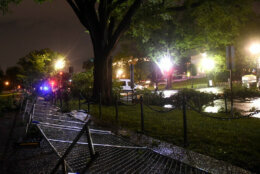
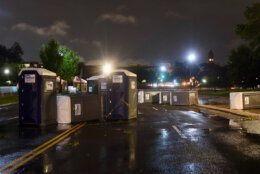
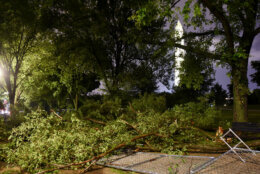
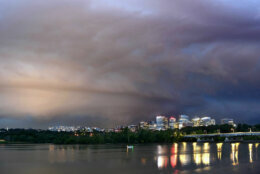
Last Thursday, a tornado swept through Arlington, Virginia, whirled across the Potomac River as a waterspout and tore across the National Mall. This traffic reporter happened to be directly in its path.
It was windy. It was dangerous. Here’s what I did to keep myself safe.
First, an important disclaimer: The safest place to be in a tornado is in the basement of a sturdy building. If no basement is available, it’s best to seek shelter in an inside room on the lowest floor.
After a stormy day of watching rain-soaked, traffic-choked roads, I decided that a casual trip to downtown D.C. would take the edge off a persistent headache and lingering stress — it didn’t work.
With a second round of late evening storms pushing in from the west, I decided to camp out on Parkway Drive, a scenic, shoreline road between the Theodore Roosevelt Bridge and Lincoln Memorial.
It functions as a ramp that connects the Rock Creek Parkway to Arlington Memorial Bridge, but most people don’t know it by its name. The road parallels a tall sea wall along the Potomac River and offers a wide view of Arlington County and the Rosslyn skyline.
I set my camera on a tripod and clicked away. It was from this vantage that I slowly watched a churning tempest mold into a dark wall of torrential rain and ferocious wind.
The lightning was occasional and flickered, leaping between clouds. But as the storm drew closer, its shape became more ominous. A conspicuous notch formed in its base just above the ground.
The National Weather Service issued a tornado warning for Arlington and D.C. at 8:58 p.m.
Immediately after the issuance of the warning, bright neon flashes of light began emanating from the torrent of rain as power lines were ripped from poles and transformers near Cherrydale.
A tornado was racing inbound and headed straight for the National Mall. It was invisible — wrapped in rain and masked by nightfall.
As the Rosslyn skyline disappeared and rain cascaded across the Potomac, I packed up my camera gear and repositioned the vehicle along the curb near a sunken, concrete storage well.
If the car felt like it was about to go airborne, I thought, it would be best to dive for cover in the storage area below Parkway Drive — it was too late to shelter inside the Lincoln Memorial.
The wind roared. The SUV began rocking back and forth. Visibility fell rapidly.
I’ve been on the edge of tornadoes in the Great Plains before. As a tour guide, I was once marooned with a group of storm chasers on a dirt road in the Caprock region of Texas as a supercell’s cyclonic swirl overtook our caravan in 2003.
I was on the edge of the Greensburg, Kansas, tornado in 2007 as well, a nighttime terror that was one of only a few in recorded history rated as an EF-5, the highest on the intensity scale.
Flashbacks of those close calls were heightened when a giant American elm tree, not more than 20 feet from the car, was launched into the haze of wind-driven spray and spume, landing near the Ohio Drive volleyball courts.
For about 15 seconds, the wind was ferocious, whistling through every crack in the vehicle’s frame. But just as quickly as the vortex came, it went.
The wind and rain abated slowly over the next 10 minutes.
I followed a discontinuous path of tree and fence damage from the river eastward along Constitution Avenue. Dozens more trees were felled by the strong winds. The avenue’s eastbound lanes were made impassable between 23rd Street and Henry Bacon Drive.
Thursday 8:59 p.m. facing the Roosevelt Bridge and Rosslyn #vawx #dcwx pic.twitter.com/kQwl43wnkJ
— Dave Dildine (@DildineWTOP) July 2, 2021
Temporary fencing set up for Independence Day crowds was tossed across the Mall. Trash cans were displaced. Portable toilets were overturned. The wind had shunted a dozen or more portable toilets into the middle of 15th Street, blocking the travel lanes.
The National Weather Service later determined that the tornado, with winds up to 90 mph, had a maximum width of 125 yards. The twister lifted, but the storm went onto the produce a second tornado in Northeast D.C.
There were no injuries.
If you’re unable to drive to a sturdy shelter, the National Weather Service advises to get down and cover your head in your car, or abandon your vehicle and seek shelter in a low low-lying area such as a ditch or ravine.
The sunken, concrete storage area beneath the earthen berm would have sufficed.
The D.C.-Baltimore region averages about a dozen tornadoes every year, most of which are fairly weak and short-lived. But any tornado can pose a very sudden and dire threat to life and property.
It’s important to be aware of your surroundings and act quickly when every second counts.


